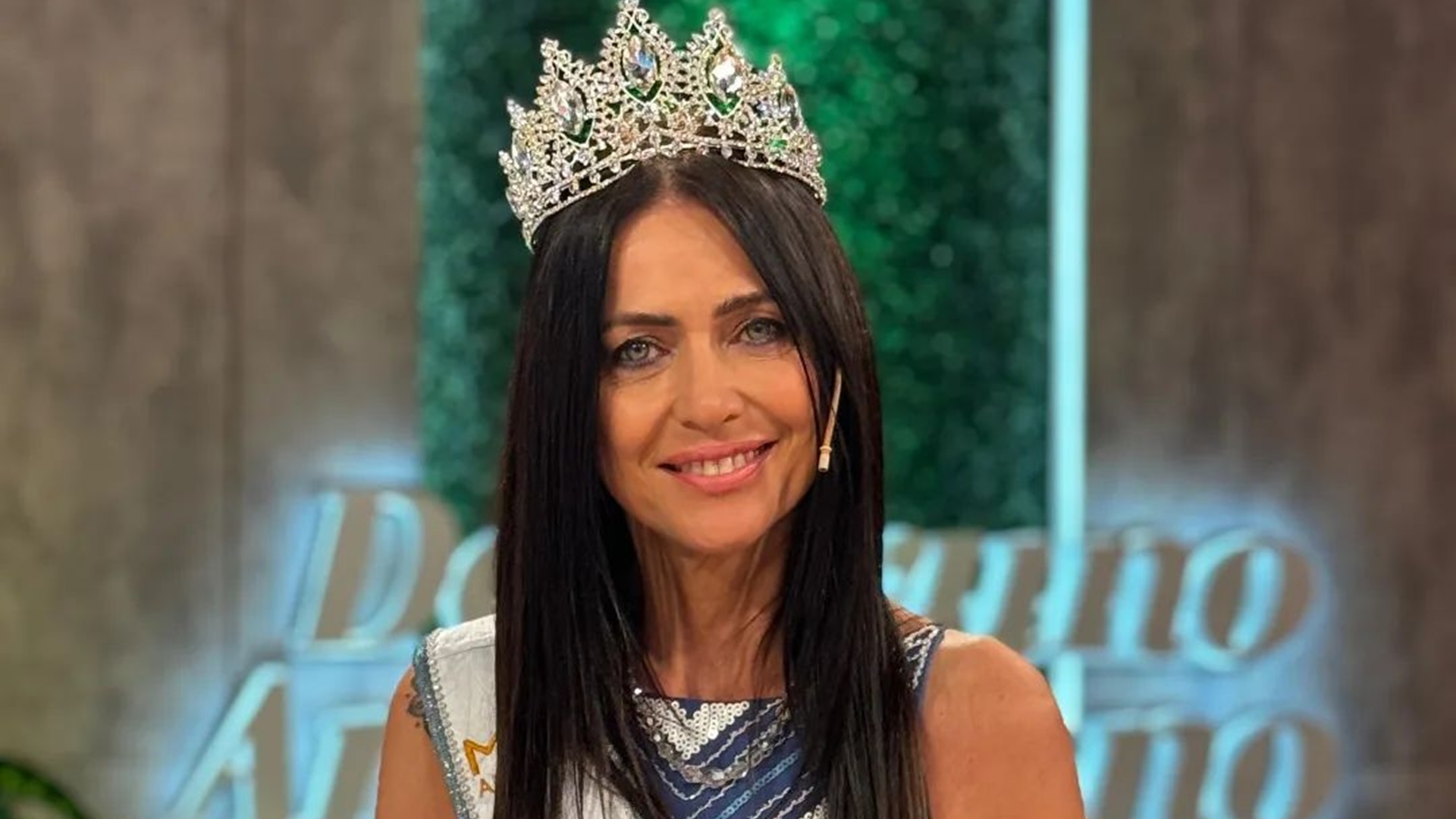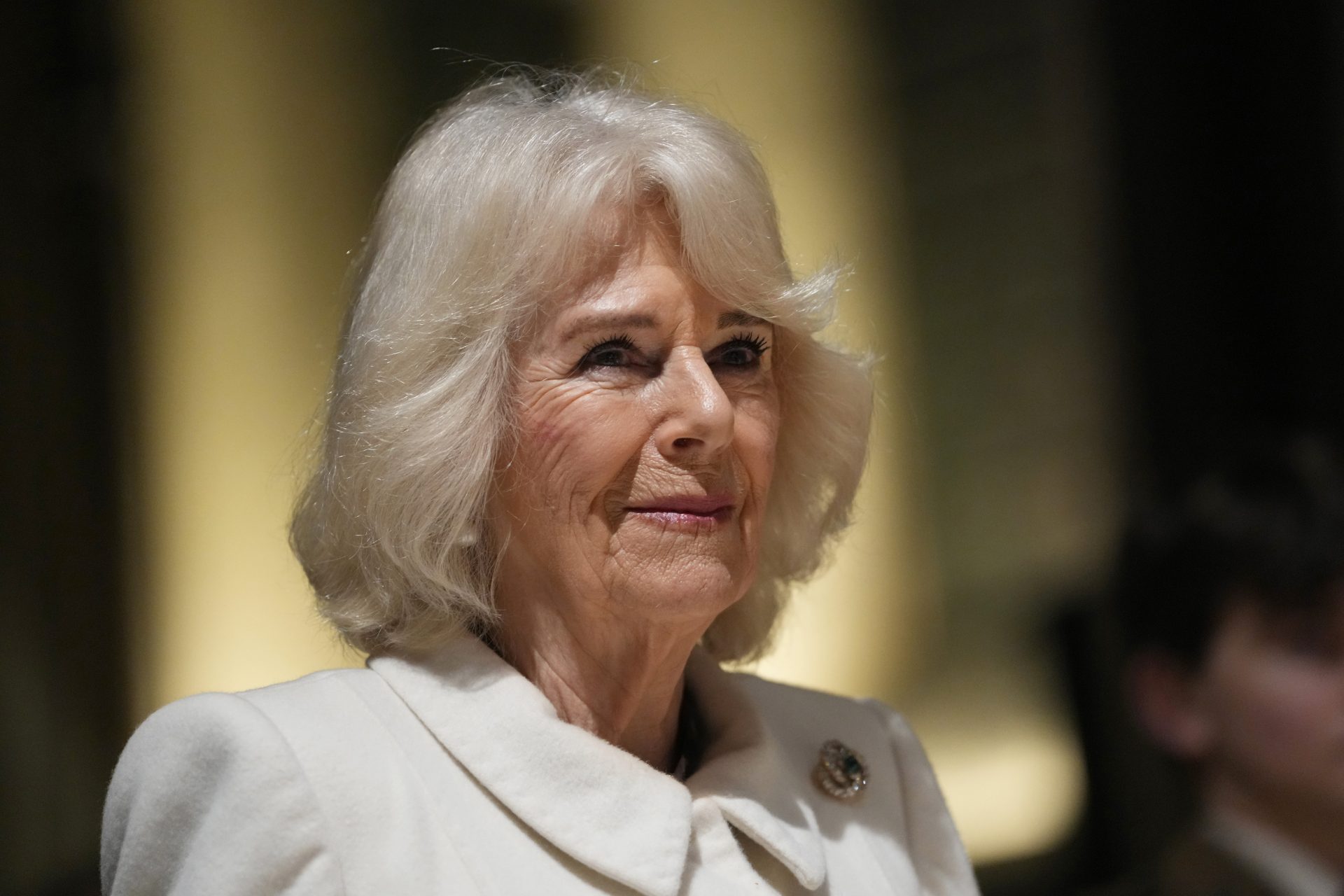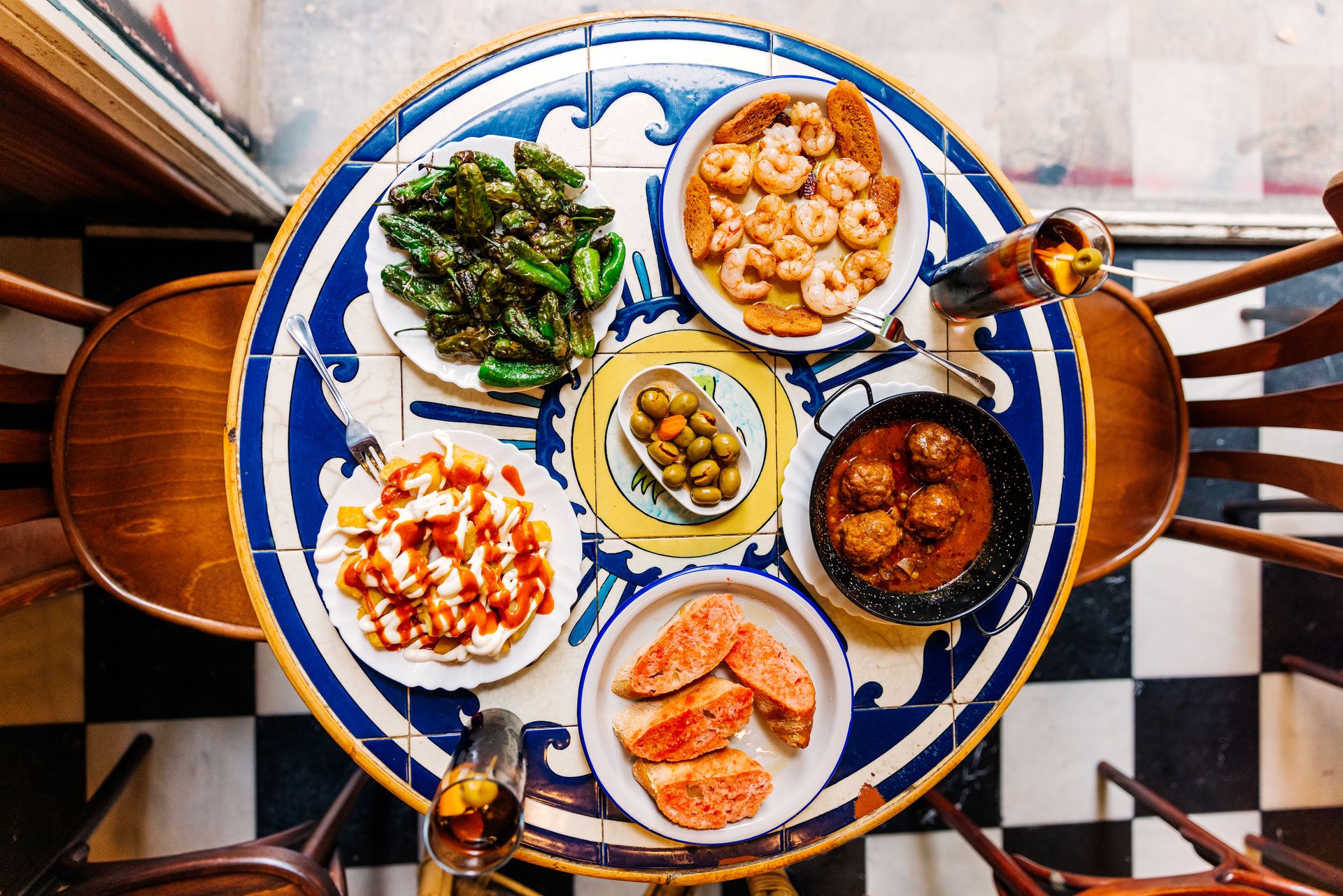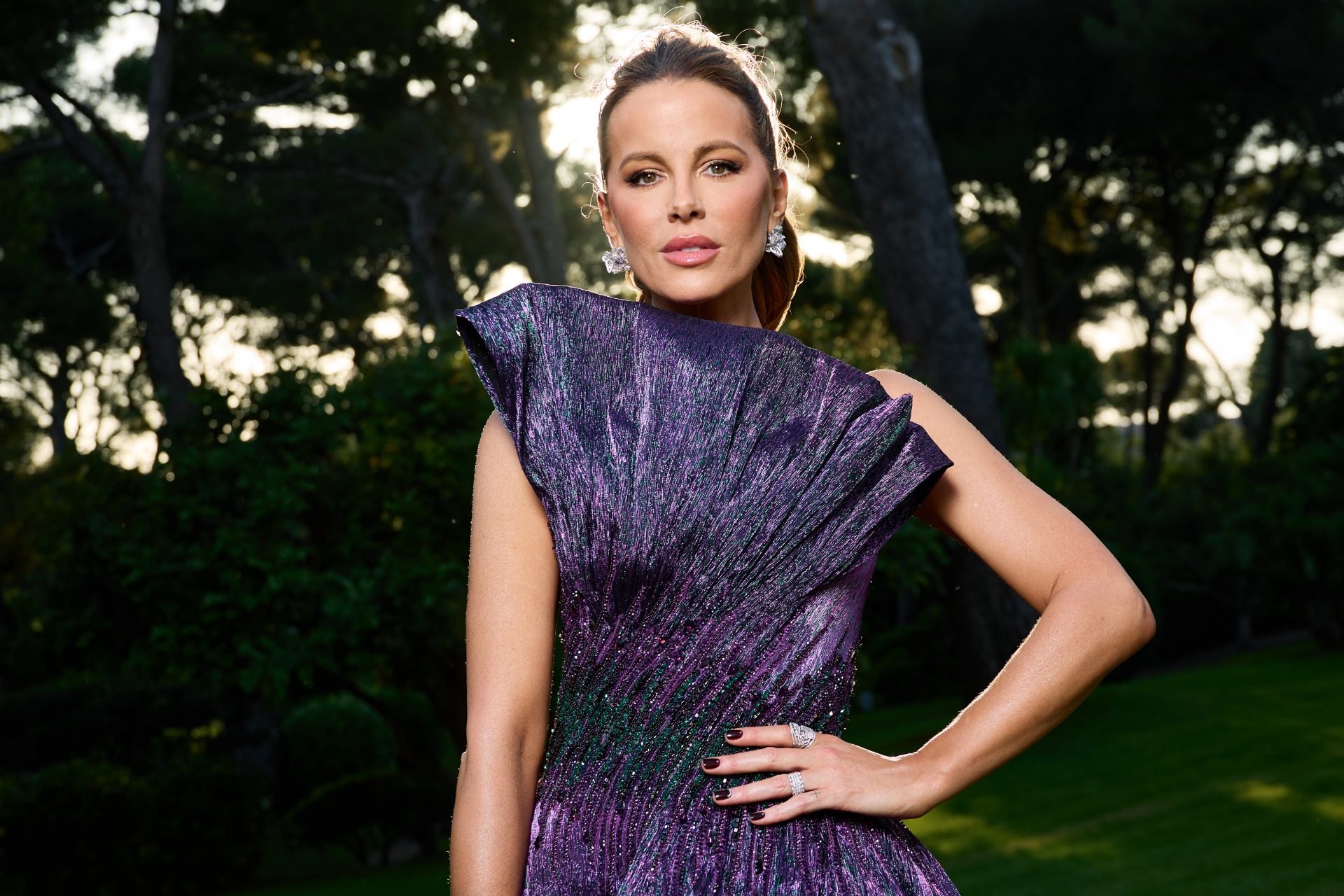The fallen empress: Farah Pahlavi of Iran
From the 1950s to the end of the 1970s, this woman was one of the most illustrious in the world. Farah Pahlavi was the wife of the Shah, Mohammad Reza Pahlavi, and thereby the empress of the powerful nation of Iran.
Now, Farah Pahlavi is an empress without a people. The peak years of her reign were half a century ago. In 1979, she and her husband had to flee the country, effectively becoming stateless and living in exile. This is her story.
The empress was always a glamorous woman. Born as Farah Diba in Tehran on October 14, 1938, she grew up in an upper-class Iranian family.
Farah was the only child of Captain Sohrab Diba and his wife, Farideh Ghotbi. The wealth in the family came from her father's side. Her paternal grandfather had been the Persian Ambassador to the Romanov Court in Russia. Her father was an officer high up in the Iranian Imperial Armed Forces. They had a lot of money and influence.
In 1948, when she was just 10 years of age, Farah's father unexpectedly passed away. The empress recalls in her memoir ('An Enduring Love') that she was very close to her father and that his death was a big shock to her.
In addition, the financial situation of her family deteriorated. From a large villa, they had to move into a shared apartment with Farah's uncle.
The young Farah Diba went to primary and secondary schools of international allure. She then went to Paris for a study of architecture at the École Spéciale d'Architecture. Despite the family's fall from affluence, she could still live quite a comfortable life.
Farah had gotten a grant from the Iranian government to study in Paris. When the Shah made a state visit to France in 1959, Farah and a few other Iranian exchange students met with him in the Iranian embassy in Paris. And that's when the spark jumped between the two.
Shah Mohammed Reza Pahlavi was almost 40 when he met the 21-year-old Farah at the Parisian embassy.
He was seen as an authoritarian leader, somewhat of a macho man, and a strongman against communism in Western Asia. Six years earlier, he had overthrown the elected prime minister Mossadegh with support from the CIA.
A bit of a womanizer, Mohammed Reza had been married twice. The first marriage had been geopolitical, to the sister of the Egyptian king, and the shah allegedly cheated on her a lot. In the picture is the Shah's first wife, Princess Fawzia of Egypt.
His second wife Soraya, then, was forced to divorce the shah because she could not give him children. They really loved each other, though, and the New York Times reports that she never remarried.
And then came the Parisian student Farah Diba, pictured here. The Shah's 19-year-old daughter, a child from his first marriage, took a liking to the beautiful young woman and allegedly encouraged her father to marry Farah.
In December 1959, Farah Diba married the Persian shah Mohammed Reza Pahlavi. She wore a spectacular dress by designer Yves Saint Laurent. The whole world followed the glamorous wedding.
Farah now had the title 'Queen of Iran,' as was common for the Shah's wife. Later she would be upgraded to shahbanu (empress), which was a first in modern Iranian history.
The Shah liked tall women like Farah, but he did not want them to tower over him. He reportedly wore elevated shoes to look taller. The couple's photos were often taken on a staircase with the Shah standing one step higher than the Queen.
With the Shah, the young Farah led a luxurious life filled with travels, sports, arts, and designer clothes.
She was really still just a college kid, with 21 years catapulted from the university to the imperial palace.
Farah and the shah hung out with the Kennedys at the White House, being as iconic a couple of the 1960s as Jackie Onassis and John F. Kennedy themselves.
Farah Pahlavi was fashionable, wearing the latest styles in hair, makeup, and clothing. She could easily be compared to Jackie Kennedy.
Both Farah and her husband were very much oriented toward the Western world. They wanted to live like Americans and Europeans, and they wanted Iran to resemble Western societies.
But having married into an illustrious dynasty, Farah was first of all presented with an important duty: provide the Shah with a son - an heir to the throne.
The Shah had only a daughter so far, and Iranian tradition prohibited her from becoming a shah. He and his court were very anxious for his new wife Farah to give birth to a son.
The relief at the court was great when in 1960 Crown Prince Reza Pahlavi was born. He was a healthy boy and could continue the Pahlavi dynasty.
In 1963, a girl was born into the Pahlavi family. Her name was Farahnaz.
Having delivered on her most important task, providing an heir, Farah Pahlavi could now begin to think of the other things she would like to do as the Queen of Iran.
Farah was not allowed to take a political stance in the country's affairs, but she did influence society by founding an American-style university in which more Iranian women could pursue a degree. A modern woman, she advocated a more important position for women in Iran.
The new university was called Pahlavi University. Farah and the Shah brought in American scholars from the University of Pennsylvania (Penn) to help modernize it.
Besides the USA, France was very important to the Shah and his wife. Farah and Mohammed Reza were said to speak French to their children instead of Farsi.
Queen Farah befriended the French Minister of Culture, André Malraux, and they began to exchange art between France and Iran.
Over the course of its 2,500-year history, the chain of Persian dynasties had collected immense wealth and beautiful artifacts, like this 18th-century throne.
Farah wanted to make sure that the most important Iranian works of art were in fact in Iran and not in some foreign museum.
Farah's increasing influence at the Iranian court did not appeal to everyone. Shah Mohammed Reza's twin sister, Princess Ashraf, wanted her brother to limit the social activities of his wife.
Still, Farah continued to be one of the best-known members of the Persian court. She worked at several charities and visited people across the country.
In 1966, the third child of Farah and Mohammed Reza was born: Prince Ali Pahlavi.
And finally, Farah's fourth child was born in 1970: Princess Leila Pahlavi of Iran.
In the meantime, Farah Pahlavi had been crowned as the empress (shahbanu) of Iran in 1967.
Moreover, her husband promised that she would mount the throne as an official regent in case he died before their son turned 21. Traditionally, Eastern and Muslim monarchies did not give that kind of power to their female relatives.
For the international community, Iran had become an economic and political heavyweight thanks to its production of oil. It made the elite of the country - including the Pahlavis - even richer than before.
In the book 'Majestic Failure' by Marvin Zonis, the Empress recalled her years as a student, when Europeans acted "as if Iranians were barbarians and loathsome.
But after Iran became wealthy under the Shah in the 1970s, Iranians were courted everywhere. Yes, Your Majesty. Of course, Your Majesty. If you please, Your Majesty. Fawning all over us. Greedy sycophants. Then they loved Iranians."
Behind the image of glamour and modernity, the Shah built an increasingly authoritarian government in Iran. He disposed of the two-party system in 1975. In addition, according to Amnesty International, he oversaw the highest number of executions in the world.
Amnesty reported in 1975: "The shah of Iran retains his benevolent image despite the highest rate of death penalties in the world, no valid system of civilian courts, and a history of torture which is beyond belief."
After years of mounting dissent from both the working class, religious groups, and the merchant elite, Shi'a Islamists led by Ayatollah Khomeini overthrew the monarchy in January of 1979.
Its incredible decadence and lack of understanding of its people had finished off the Persian dynasty. To avoid execution, the Pahlavis had to flee the country immediately.
There were only a few friendly countries willing to offer temporary asylum to the Shah and his family. The disgraced monarch got sick and died on July 27, 1980 in Egypt. Farah and the children were left to fend for themselves.
Farah, Leila, and her son Reza (the former Crown Prince) went to the United States to build their new lives there.
In 2001 Farah suffered a hard blow. Leila, the youngest, had struggled with anorexia and depression for a long time, and now she was found dead in a hotel room. Leila was only 31 years old.
Ten years later, Farah's third child, Ali, would take his own life near his house in Boston, Massachusetts. The Pahlavi family, banned from their empire in 1979, exiled and rejected by countries all over the world, was still dealing with great hardships in the 21st century.
Farah Diba Pahlavi recovered, though, and has become a familiar face at high-society events in Europe and the US. Her book, the memoir 'An Enduring Love: My Life with the Shah,' came out in 2003 and was an instant best-seller in Europe.
But memories are all she has left, the former Shahbanu. Farah Pahlavi is now an empress without a people, looking back at long-gone days of glory.





























































